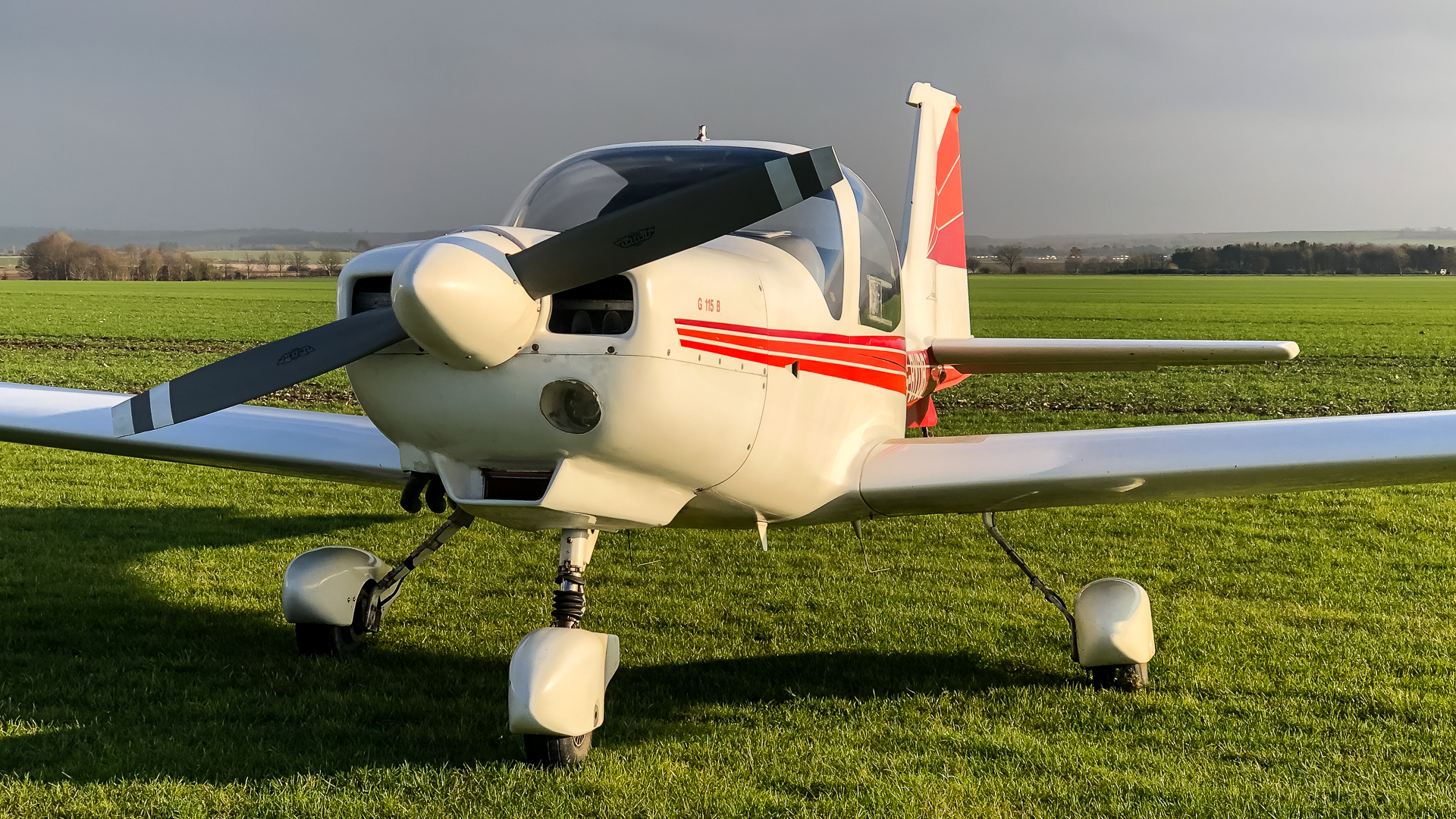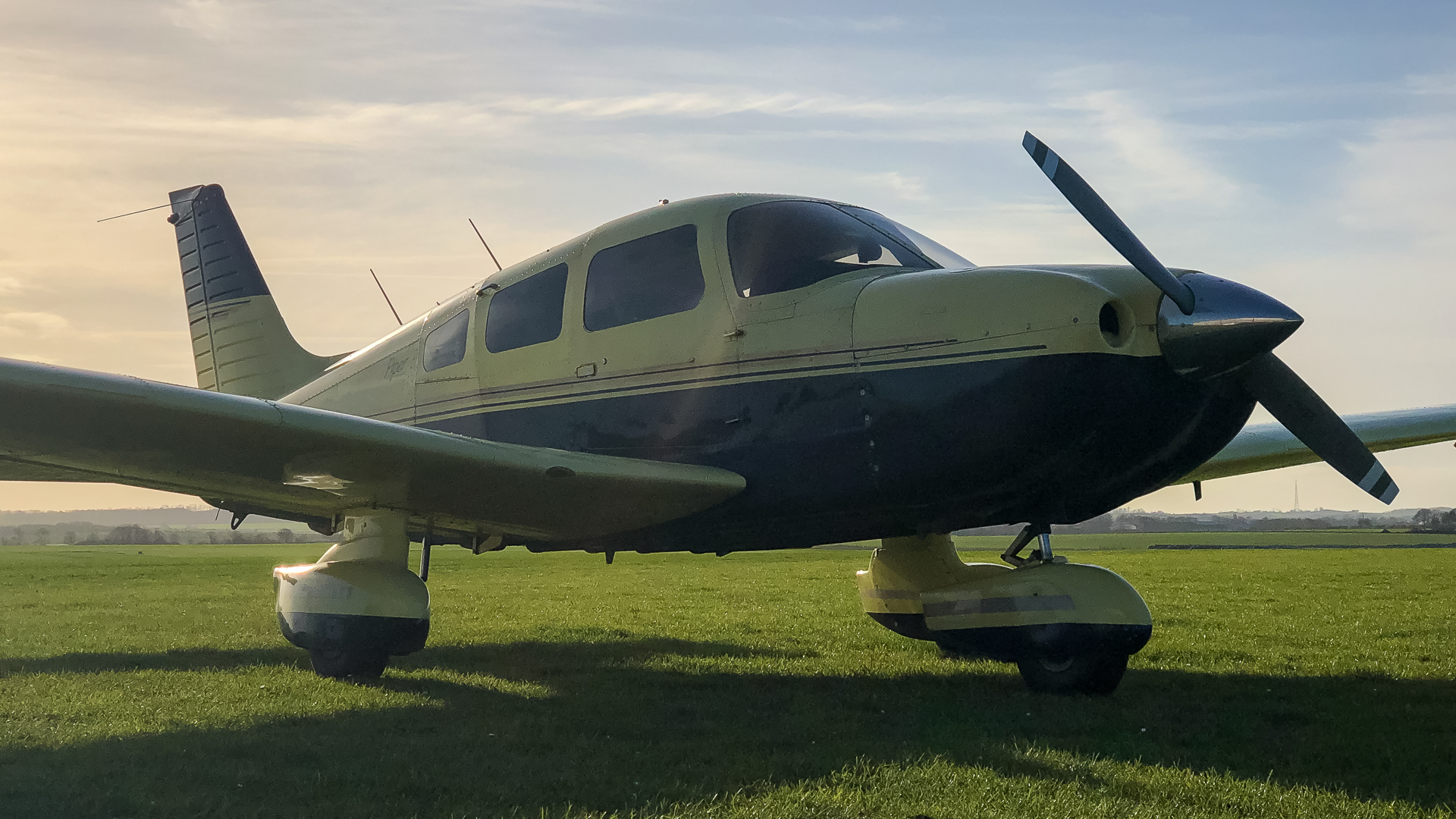Get started with aviation
PPL
Course Overview
PPL is an international private flying licence that can carry all ratings to extend your flying (e.g. Instrument Rating, Twin Rating etc.), with the course including a minimum of 40 or 45 hours flying training, UK CAA and EASA respectively.
You’ll get proficient in some instrument flying and radio navigation in comparison to LAPL.
We try very hard to make sure our students complete their pilots licence courses in the minimum number of hours. We have very good instructors and the courses are both carefully structured to make this possible. We must however caution that if you are not able to maintain continuity, inevitably the revision element of each lesson will take slightly longer and this may well mean that you need some additional hours to reach the required standard before being ready to take your skills test. Certainly we aim to produce the very best pilots so that we can be proud they are graduates of our school.
Time and hours
hours
required to complete
hours
self-study
Pricing
If you prefer to use the Grob 115 the difference in the hourly rate is added.
Additional to course costs are:
- Landing fees (£20 per sortie)
- Theory Exams (£40 x 9)
- Radio Test (£150)
- Skills Test (£150 approx depending on examiner)
- Medical Certificate (£150 depending on doctor)
- CAA licence fees approx £120
- EASA supplement (£25/hour) when training for EASA license
Aircraft we use
The Cessna 140, Cessna 152, the Grob 115D2 and the Grob 115B (160hp) are all suitable for PPL tuition.
The Cessna 140 is the perfect training aircraft for somebody wanting to master tailwheel flying (typically aerobatic pilots). It is fantastic for teaching the basics of flying that will stay with you forever.
The Grob on the other hand are much more modern nose wheel aircraft, pretty much the same as that used by the RAF (quite different from the underpowered 115A)
The 115D2 is ex Royal Navy (the Heron) is fully aerobatic and has a stick rather than a yoke. They are very comfortable aircraft and fast and is ideal for those not needing tailwheel skills. They are certainly easier to fly and quite high powered with 160hp engines, this gives a good rate of climb that save you time in training. There is merit in trying both to understand the differences.



